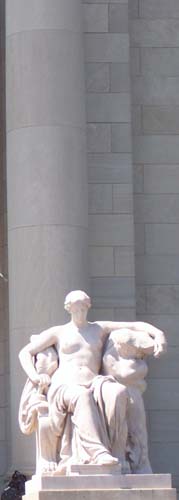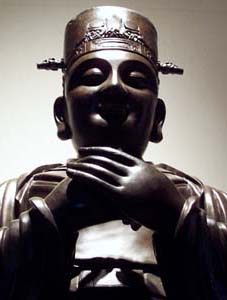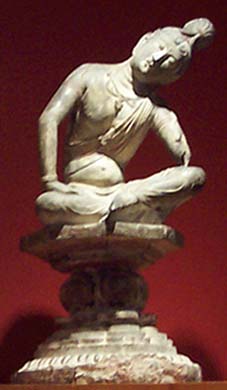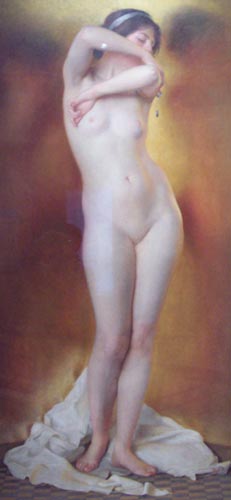 |
Mental Stillness
At first glance, you might conclude that the picture to the left depicts the illusion of stillness, that the helicoptor's blades have been captured in an artificial, stilled position, when, in fact, they were moving at hundreds of times faster than the eye could follow. But I most respectfully disagree. I see the stillness as authentic. The motion is...well, not illusory, but certainly distracting. The fact is that for a hundredth or a thousandth of a second, that blade did sit in that position. True, it didn't last very long, but stillness was a reality. I believe a human mind can achieve an authentic state of stillness. Try this. When you are in a situation of dissatisfaction, steer your mind away from your opinion of how much you dislike it. That's just distracting movement of thought, with no authentic gain. Instead, describe it objectively. For example, in a long line at the bank, say to youself, "I am standing in place...now I have moved forward by one person." Let your mind be free of opinion. Still. Observe what happens to your attention.
|





